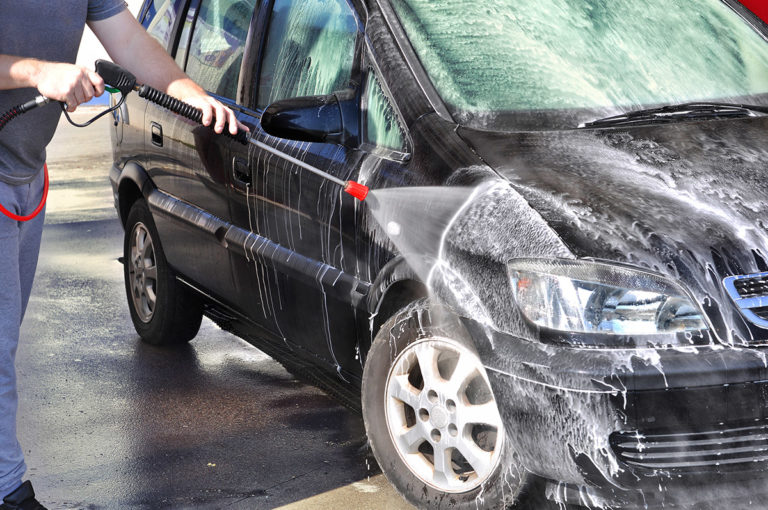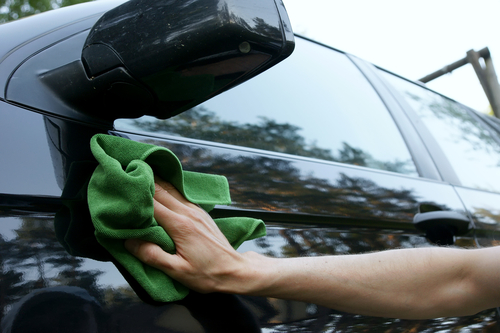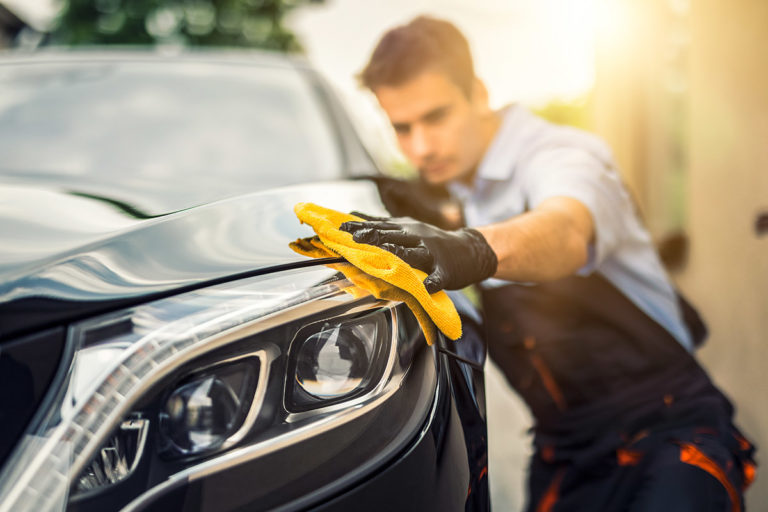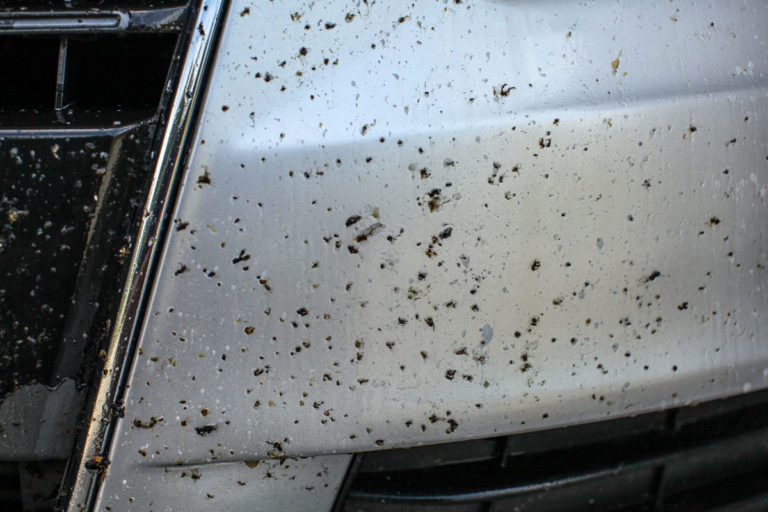Getting Out Scuffs and Scratches
It seems almost inevitable—no matter how much time you spend at the car wash cleaning your car’s surface and applying protective sealants, scuffs and scratches will eventually appear. These kinds of damages are caused by many different types of conditions, but usually arise when a foreign object scrapes against your car, when debris from the road flies up, or when you are in a minor accident.
While taking your car to an auto body repair shop is always an option, many types of scuffs and scratches can be removed on your own. Here’s our quick and handy guide for making your car look as good as new.
Scuffs versus Scratches
No two scratches are created equally. Depending on how deep the damage is and what kind of accident occurred, you could be facing an easy fix or a more intensive one.
Scuffs tend to be marks on your car’s surface that have rubbed off from an alternate source. Paint from another car, rubber from a bumper, rust from a trash can—all these things can scrape off one item and transfer to your car’s paint job.
Scratches go much deeper than scuffs. These actually dig in and damage the surface of your car. Shallow scratches only go through the clear coat, while deep scratches go through both the clear coat and the underlying paint job.
Getting Rid of Scuffs
Scuffs are almost always easier to take care of than scratches, since your primary objective will be to remove the foreign material and return the car to its original shine.
- Wipe the area down with a microfiber towel and car wash cleaner. Never repair a scuff on a dirty surface, as the dirt can scratch and make things worse.
- If the scuff is caused by rubber, plastic, or paint, use a gentle adhesive remover to try and wipe it away. This is the most cost-effective and least damaging option.
- If the scuff is caused by something more damaging, you may need to rely on a solvent or rubbing compound. These can be found at most auto body shops, and you can keep them on hand for when scuffs do occur.
- Always follow the specific product directions, and have plenty of clean microfiber rags on hand.
When the scuff is removed, you should reapply a wax or sealant for additional protection.
Getting Rid of Scratches
Scratches are more complicated to remove, and require specialty products and skills. Scratches that have gone through to your paint job should only be repaired by a professional, but if you can’t see the metal of your car through the scratch, chances are it only went through the clear coat. If this is the case, you can:
- Prepare the area with a microfiber towel and car wash cleaner.
- Use a very fine sandpaper (2000 to 3000 grit) that you have dampened down to gently wipe around the scratch, making sure you use plenty of water to wash it away as you go. This will remove the clear coat so you can access the paint. (You shouldn’t be removing any of the paint—merely leveling the scratch so the surface is smooth.)
- A rubbing compound or other scratch repair product will be needed to spread the remaining paint and get rid of the scratch. Always start gently and get more intensive, as needed. If you remove the paint, the only way to get it back is with a complete auto body repair.
- Use a power buffer (or hand buffer) to smooth the surface. All signs of the scratch and the dullness caused by your sanding should disappear.
- Reapply the clear coat with a sealant or wax.
Light scuffs and scratches can be repaired at most self-serve car wash locations or at home, but for anything that goes beyond the clear coat, it’s probably a good idea to take your car to a paint shop. They can assess the damages and let you know what next steps are best.




